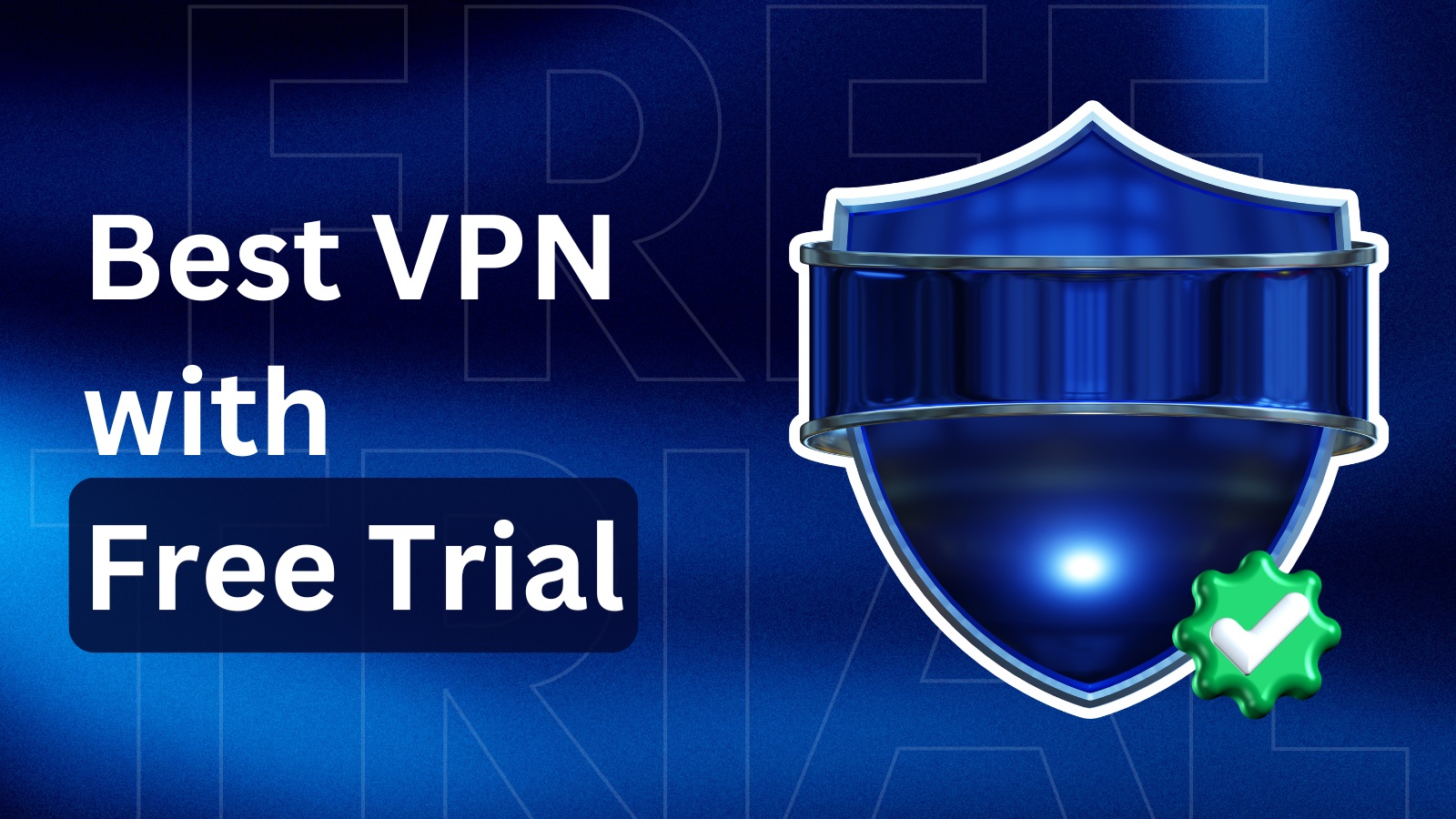
8 Best 802.11ac Routers in 2021 – Groundbreaking Speeds & Long-Range Wi-Fi Coverage!
Each day, more and more devices are going wireless than ever before. With the proliferation of smart devices such as home sensors, security systems, and even smart TVs and IoT devices, no longer are your PC and smartphone the only devices that need wireless connectivity. These new devices' complexity means that they need to be online 24/7 with very minimal downtime and, therefore, require high-speed and always-on wireless internet access. This is where the 802.11ac Wi-Fi standard comes in, which is why we'll focus this article on the best 802.11ac routers you can buy.
Devices that support the 802.11ac standard can connect over the 5GHz wireless frequency band. This band allows for much higher bandwidth than what is possible with the previous 802.11n or 802.11g standards, which are based on the 2.4GHz frequency as well. The only caveat with the 5GHz band is that the range is somewhat limited when compared to the older standards. However, all manufacturers also include the 2.4GHz band for backward compatibility with older Wi-Fi devices and also to increase the operating range.
For this article, several factors were considered for narrowing down the best 802.11ac routers. Since this standard is all about speed, only the fastest routers currently available are included in this list. Other selection criteria include the number of bands supported, maximum coverage offered, connectivity options, and more. The popularity of these routers with buyers was also taken into account.
So, here are the 8 best 802.11ac routers available to purchase in 2021.
1. NETGEAR Nighthawk X6
The NETGEAR Nighthawk X6 is one of the best long-range wireless routers and can work over long distances without any dead spots. The Nighthawk X6 is a tri-band router with a single 2.4GHz band and dual 5GHz bands. The included software can assign individual SSID's to each band, and QoS settings can also be applied independently to each SSID. This router also supports NETGEAR Single Sign-On (SSO), which means if you have multiple NETGEAR devices, you use a single login credential.
While the devices themselves are great, be aware that NETGEAR's support is not known to be the best-in-class compared to some of the others on this list. The Nighthawk X6 has received a lot of new firmware updates, but these have mostly catered to the UI and have hardly added any new features. You also cannot replace the antennas with larger ones to extend the range. However, that should not be a huge concern as the Nighthawk X6 already offers great coverage for most mid-sized to large homes.
- Pros: Good feature set; Wide coverage; Powerful antennas.
- Cons: NETGEAR's customer support service needs improvement; Antennas cannot be swapped for larger ones.
2. Linksys EA9500
The Linksys EA9500 is one of the best Linksys routers available and is also one of our picks for the overall best routers. The router offers a maximum throughput potential of up to 5.3 Gbps, which should be enough for the most demanding of users. A 1.4GHz dual-core processor and support for MU-MIMO ensure each device can connect independently without affecting others' bandwidth. Sporting 8 antennas, the EA9500 offers excellent coverage, but the design is not the most aesthetic-friendly of the lot. If you still notice dead spots, you can use the Linksys Max-stream range extender to extend coverage further. The 8 Gigabit Ethernet ports help catering to those who prefer wired connections as well.
The EA9500 is hard to beat when it comes to raw performance, but there are some reported concerns about connectivity issues and signal drops. Buyers have reported that some of these concerns can be easily fixed by disabling MU-MIMO or IPv6, depending on the problem. Luckily, flashing DD-WRT firmware is possible for those who'd prefer fiddling with some of the advanced firewall options or settings.
- Pros: Great coverage; Tri-band support.
- Cons: Heavy; Pricey; Issues with enabling MU-MIMO.
3. Linksys WRT3200ACM
The Linksys WRT3200ACM stands out from other routers in this list in the way it uses its 5 GHz band. It is not a tri-band router, but the WRT3200ACM uses multiplexing to double the 5GHz bandwidth using what Linksys calls as 'Tri-Stream 160.' Another advantage of this router is that it can operate in clear dedicated airspace using Dynamic Frequency Selection (DFS). This means less interference when it comes to using it alongside other wireless devices such as microwaves or wireless input devices, or even other routers in the vicinity, which generally occupy the 2.4GHz band. DFS also helps in the security aspect of the router and the clients connected to it as well.
The WRT3200ACM really shines when the custom firmware is installed. Linksys routers are generally OpenWRT compatible, so searching and installing a compatible third-party firmware should not be too difficult. However, if you prefer to keep things as it is, the included smartphone app should get you by for basic functions.
- Pros: 5 GHz multiplexing; DFS; OpenWRT compatible.
- Cons: Default firmware is not feature-rich.
4. ASUS RT-AC88U
The ASUS RT-AC88U is one of the best wireless routers for homes and offices, and it also comes with a good dose of security options and the performance to boot. A good feature of the RT-AC88U is that it offers enhanced throughput in the 2.4GHz band, offering up to 1000 Mbps and a 2100 Mbps throughput in the 5GHz band, giving some of the triple-band routers a run for their money. The RT-AC88U is also one of the best W-Fi routers for long-range applications as it has powerful 4-transmit 4-receive (4T4R) antennas that promise a wide coverage of up to 5000 sq. ft.
If you wish to opt for the wired route, you can take advantage of the 8 Gigabit Ethernet ports. A 1.4GHz dual-core CPU ensures all traffic flows freely without bottlenecks. ASUS's characteristic AiMesh and AiProtection are included as well. When you first buy this router, do a hard reset to resolve any connectivity issues. To further ensure a stable connection, try decreasing the frequency of some of the operating bands.
- Pros: Powerful antennas; Wide coverage; Great throughput.
- Cons: Wi-Fi band frequencies need to be manually adjusted in some cases.
5. NETGEAR Nighthawk XR500
The NETGEAR XR500 Nighthawk Pro Gaming does not come cheap but offers a stellar performance, especially for gaming and multimedia. Gamers will appreciate the built-in DumaOS that sports features such as game prioritization from consoles and PCs, bandwidth usage statistics, and also location-based QoS. You can also use the built-in gaming VPN client to protect devices from DDoS attacks.
Since the XR500 is built with gamers in mind, a high-performance level is almost a guarantee. Coverage is very good even in large homes thanks to the powerful 4 antenna system. While DumaOS is a highly capable software, it does not provide a mobile app, and only the remote admin can only be secured to one IP or range. That said, the NETGEAR XR500 Nighthawk delivers when it comes to ensuring a lag-free multiplayer gaming experience.
- Pros: Great gaming performance; Built-in VPN; gamer-focused UI.
- Cons: No mobile app for DumaOS; Only one IP can access the remote admin.
6. D-Link EXO (DIR-882)
As you can see, the best 802.11ac routers can be quite pricey. That's because the latest Wi-Fi standard supports high-end technologies, which increases the cost of producing networking equipment. This is also why we wanted to include a more affordable option, and this is where the D-Link EXO DIR-882 comes into play. Aside from bringing high-end features, this router also comes with a modern and attractive design.
The DIR-882 is a dual-band router (800Mbps on 2.4Ghz and 1,733Mbps on 5Ghz). You can connect a large number of devices at once, and they'll all receive enough bandwidth to support their online actions. That's because of the 'Intelligent QoS' feature that optimizes Web usage across different devices. And also, you'll find two USB ports on this model, with a front-facing USB 3.0. This means that creating shared storage or connecting a wireless printer is a possibility.
- Pros: Nicely designed; Fast performing; MU-MIMO included; USB ports included.
- Cons: Not the fastest model on this list (but quite fast, nonetheless).
7. Synology RT2600AC
If you are looking for a Network Access Storage device plus a high-speed wireless router, the Synology RT2600AC is for you. True to its lineage, the Synology RT2600AC is one of the best secure routers out there. Feature-wise, the RT2600AC can give some tough competition to other popular OEMs in this price range with the presence of 4 antennas, MU-MIMO capability, beamforming, and a 1.7 GHz dual-core CPU as well to prevent any bottlenecks.
The Synology Router Management System is a highly feature-rich software for everything related to security and traffic management. It also comes with its own app store from where you can download Synology NAS apps, VPN apps, and intrusion prevention apps to further enhance your security. Security-conscious buyers will be pleased to know that Synology's software is always kept up to date, and it is very easy to transform your home network into a DLNA server or a private cloud.
- Pros: Built for security; Add-ons can help extend the functionality.
- Cons: No wall mounting possible.
8. TP-Link Archer C5400X
The TP-Link Archer C5400X is the newest product on the block, and it surely has the most stand-out looks among all routers we've seen so far. The Archer C5400X is built for gamers and comes with all the bells and whistles that make a drool-worthy gaming router, including a 1.8 GHz quad-core CPU, 8 antennas, beamforming, and more. Also on board is 16 GB of internal storage and a secure FileBank app that can store your critical and sensitive data.
A unique aspect of the Archer C5400X is that it can identify the type of device connected and automatically adjust the speeds to best serve the client using Smart Connect. There is support for Amazon Alexa for controlling most actions using voice commands. The router is still fairly new in the market, but there is already considerable interest among prospective buyers. Judging by the features, we must say TP-Link has a winner in its hands although, the entry price can potentially sway buyers towards other similar offerings.
- Pros: Gamer-friendly high-performance router; Plenty of connectivity options.
- Cons: Not the most affordable option on this list.
Dear readers, that wrap up our comparison of the best 802.11ac routers to consider buying in 2021. Let us know if you have additional questions in the comments below. We will do our best to provide a timely response.











